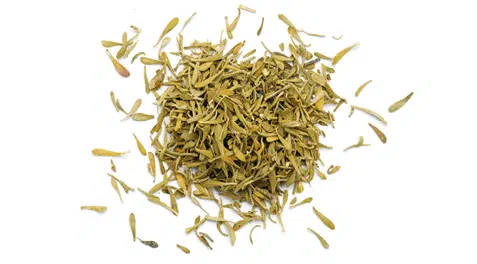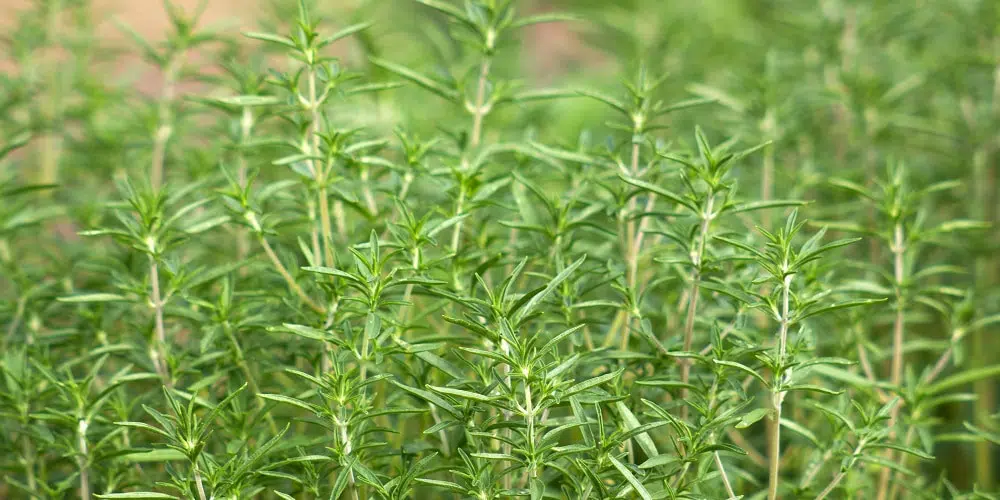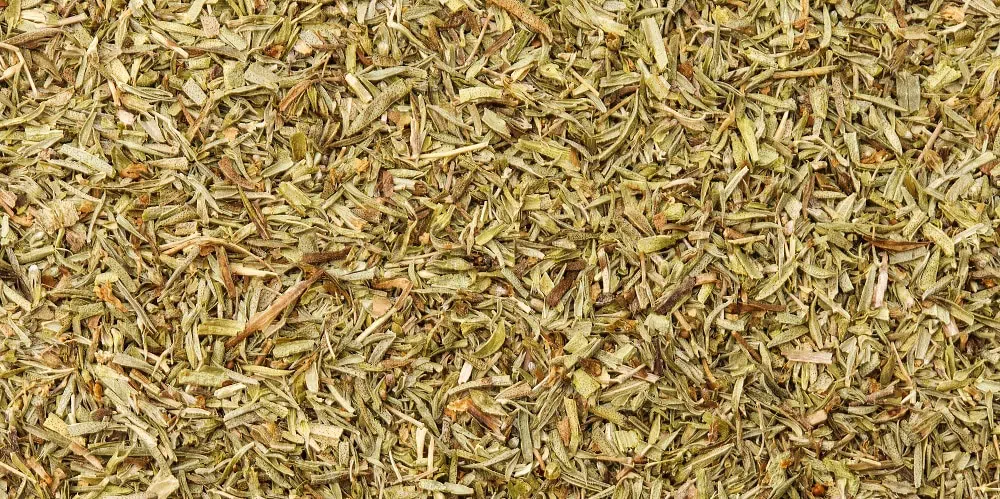Savory
Savory is a herb that is added as an extra spice to Italian herbs or Provencal herbs. There are two different types of savory, the annual plant and an adult plant called mountain savory.
Savory grows preferably in sunny places in moist, permeable soil. The herb originates from the area around the Black Sea and the Mediterranean.




